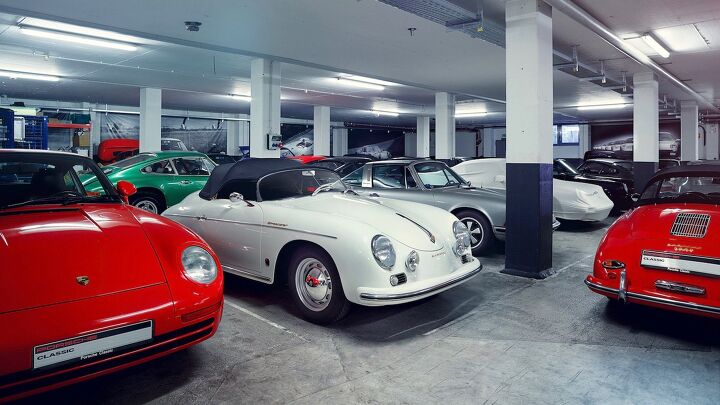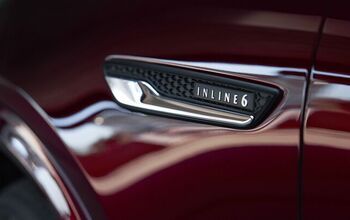Porsche Classic Turns to 3D Printing for Extremely Rare Replacement Parts

Porsche is the latest automaker to take advantage of 3D printing technology.
Collectors of rare classic cars have probably heard it before: “The part is no longer available.” Porsche Classic, the division of Porsche dedicated to classic vehicles, knows how frustrating it can be to need a replacement part for a classic car and not be able to obtain it. The company is hoping to resolve that issue, at least for classic Porsche owners, by using 3D printing to produce extremely rare parts that are only needed in small quantities.
Currently, the Porsche Classic range has around 52,000 parts and if a certain spare part is no longer in stock, or stock is dwindling, it will be reproduced using the original tool. But that’s not always feasible since producing small batches using new tools would be inefficient.
SEE ALSO: Bugatti Produces the First 3D Printed, Fully Functional Brake Caliper
Porsche used the release lever for the clutch on the Porsche 959 as an example. The component is made from grey cast iron, which is subject to very high-quality requirements but is in very low demand since only 292 of those sports cars were ever produced. This is where 3D printing comes in, with a layer of powdery tool steel less than 0.1 millimeters thick applied to a processing plate in a computerized process. “In an inert atmosphere, a high-energy light beam then melts the powder in the desired locations to create a steel layer,” Porsche explained. “Thus, the complete three-dimensional component is produced, layer by layer. Both the pressure test with a load of almost three tonnes and the subsequent tomographic examination for internal faults were passed by the printed release lever with flying colors. The practical tests with the lever installed in a test vehicle and extensive driving tests confirm the impeccable quality and function of the component.”
The German automaker is currently manufacturing eight other parts using 3D printing technology, with steel and alloy parts produced using the selective laser melting process, while plastic components are manufactured with an SLS printer. Porsche Classic is evaluating whether 3D printing is suitable for the production of another 20 components, all of which could be produced on demand if needed.
Discuss this story on our Porsche Forum

Jason Siu began his career in automotive journalism in 2003 with Modified Magazine, a property previously held by VerticalScope. As the West Coast Editor, he played a pivotal role while also extending his expertise to Modified Luxury & Exotics and Modified Mustangs. Beyond his editorial work, Jason authored two notable Cartech books. His tenure at AutoGuide.com saw him immersed in the daily news cycle, yet his passion for hands-on evaluation led him to focus on testing and product reviews, offering well-rounded recommendations to AutoGuide readers. Currently, as the Content Director for VerticalScope, Jason spearheads the content strategy for an array of online publications, a role that has him at the helm of ensuring quality and consistency across the board.
More by Jason Siu





































Comments
Join the conversation
So very cool. I really like all the steady advancements in 3D printing. Good job, Porsche! Pave the way for other manufacturers so we can see more classic cars on the road!